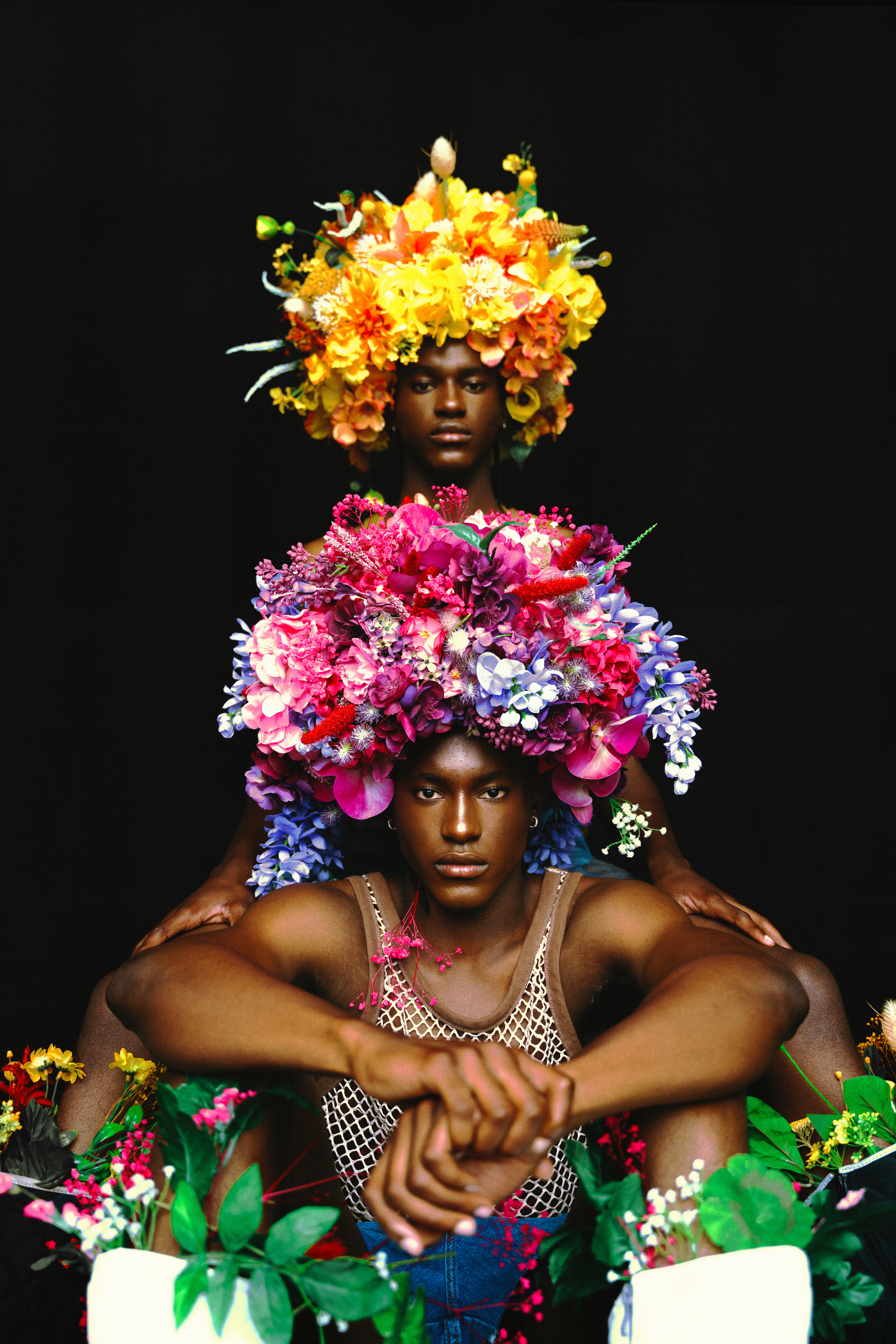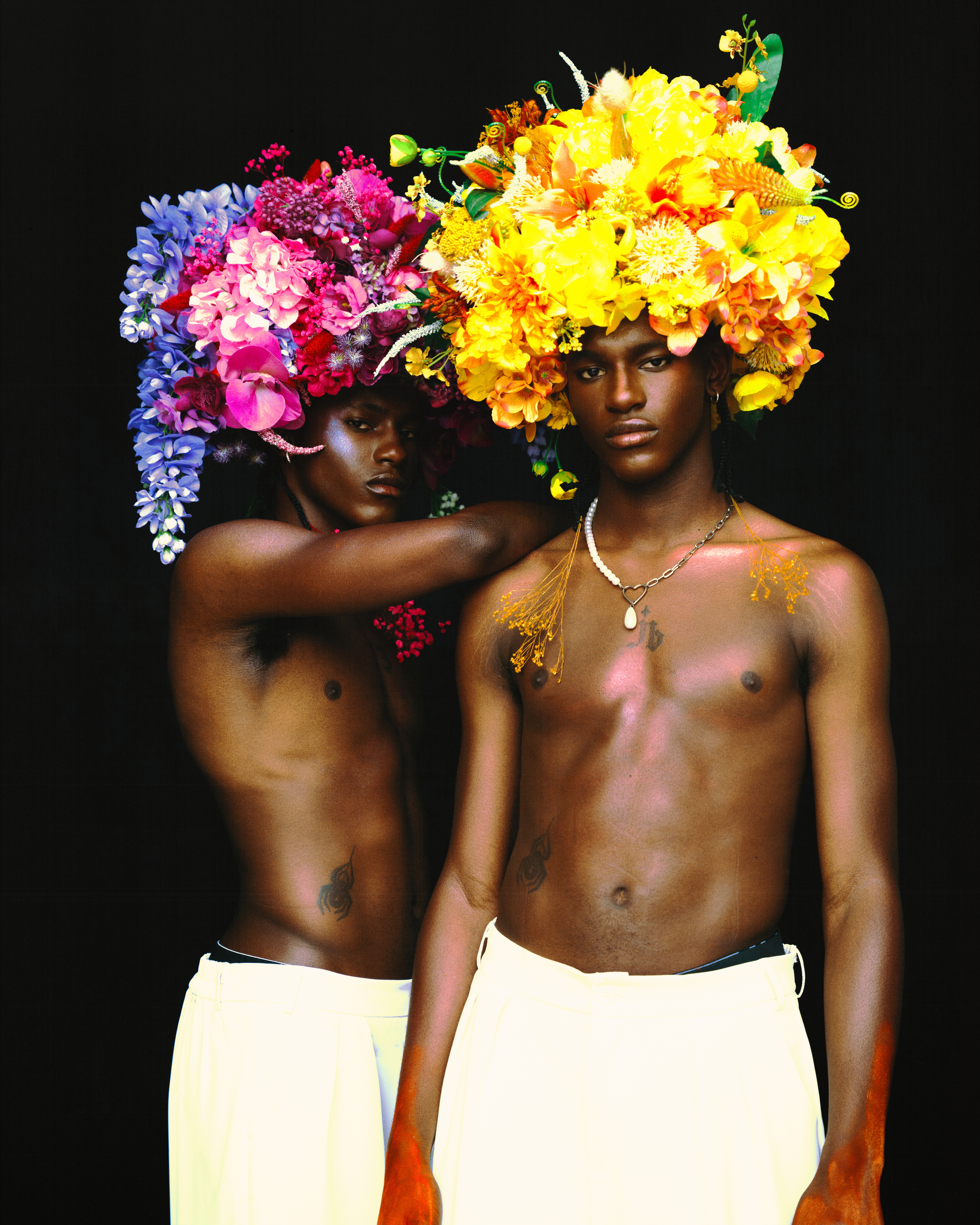Ever since writers, painters, and other artists began signing their finished pieces, it’s been a common practice to add attribution to our creative work. Today, with advancements in generative AI technology continuing to accelerate, it’s even more critical to ensure that creators get proper credit and provide transparency in the creative process.
But as creators and consumers of media, how can we maintain the integrity and determine the credibility of the content we encounter online?
With Content Credentials, a creator can add secure attribution to their work, connect their social media accounts, and provide an overview of their creative process, including if and how they used AI tools or models. Content Credentials help creators reflect their lived experiences through their passion projects, community contributions, and paid work — from photos and videos to designs and other digital media.
In these community stories for the Content Authenticity Initiative, we speak with creators, developers and members of civil society to learn about their projects, why authenticity matters to them, and an urgency to embed a layer of verifiable Content Credentials as part of their process.

Obidi Nzeribe was a college freshman studying chemical engineering when his photography hobby developed into a passion. In the summer of 2017, he began traveling the country to meet creators he connected with online.
“I decided to fully focus on photography during the pandemic,” he recalls. “I guess I had an epiphany and just decided life was too short to not pursue my dreams. Engineering will always be there.”
A quick scroll through his Instagram reveals his sheer talent and thoughtful expression. Since making the leap to photography and moving from Dallas to Los Angeles, Obidi has photographed iconic athletes, celebrities, and artists for well-known magazines.
Amidst the demands of his commercial work, he recently created a personal project he calls I Hope Summer Never Ends. We spoke about this visual series and his feelings of urgency around ensuring authenticity in the creative process. As an expert in Adobe Photoshop post-production who’s been thinking about generative AI’s impact on content, Obidi wants to nurture trust with his audience and ensure that, as he says, "transparency is as easy as dodge and burn.”
Coleen Jose: Tell us about your passion project.
Obidi Nzeribe: I Hope Summer Never Ends is a story about nostalgia, brotherhood, and a harkening back to the child-like wonder that comes with summers. Growing up and well into adulthood, I always felt that summertime was a time of endless possibilities, glee, and whimsy. For this story, I wanted to use summer as a metaphor to encourage you to feed your inner-child and let your creativity bloom!
CJ: What was your thought process for casting and styling?
ON: Casting was super important for this project. I collaborated with the Williams twins, Jabari and Malik. Their looks convey the message of innocence I was seeking to express.
I sketch a lot and I got that from my mum. After making the flower Afros, I sketched out what I wanted for styling and props and started shopping for them. I wanted the styling to balance the silhouette that the flower Afros gave the twins, and a it to have a lot of whimsy and boyish personality.
The backdrop had to be pitch black to let the colors in the Afros really take the spotlight. I also wanted to communicate this message of life thriving in the darkness.

CJ: What does authenticity mean to you as an artist?
ON: Authenticity in art to me means creating work that speaks to who you are. Art is an extension of the artist, so we should use it as a medium to express our unique voices, ideas, and experiences.
CJ: Why do you want to add a layer of transparency to your creative process? How are you using Content Credentials?
ON: With the boom in generative AI content and with it, the spread of misinformation in media, it’s important that I'm able to maintain trust and credibility with my audience by sharing aspects of my process. I also find it helps build community and fosters a deeper connection between me and my community.
I’m using Content Credentials to ensure my work includes my attribution wherever my work ends up online. It also creates visibility in my process and in turn, builds trust with my audience. In short, everybody should be using Content Credentials simply for the fact that you get to maintain attribution in your work.
I can't wait for Content Credentials to hit all social media platforms. Too often, so many AI-generated images pass as real photography. I believe that with Content Credentials, such misinformation and intentional deception can be mitigated.
CJ: What’s your advice for getting started with a passion project?
ON: As an artist, I keep my mind open to inspiration at all times because you never know where inspiration will come from. Pay extra attention to your surroundings and interactions. My top three pieces of advice:
- Be open to change. For example, this passion project started off as a magenta color study then during casting, I found twins and had to make another headpiece in a complimentary color.
- Tell stories that matter to you. It’s important to tell intentional and meaningful stories as a creative. If you’re looking to put together a passion project, I suggest plenty of research and reminiscing!
- Collaboration is key. It really does take a village, and I was blessed to collaborate with my good friend Reece Noi. Reece wrote a poem in response to my concept and images which added depth and meaning to the project. Check out his poem and more in my Behance post.



